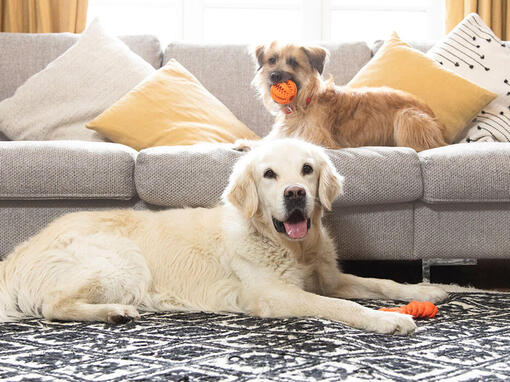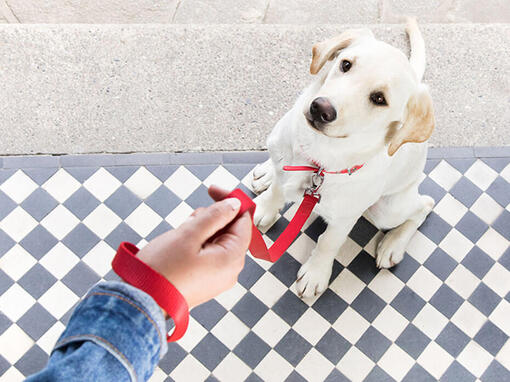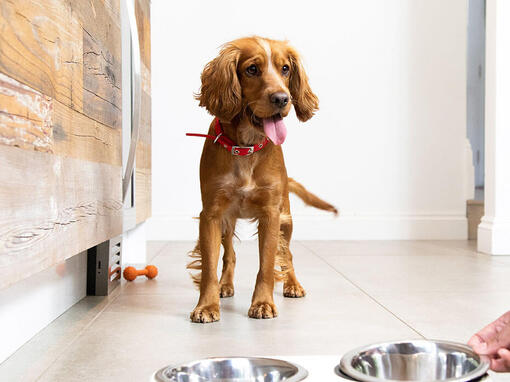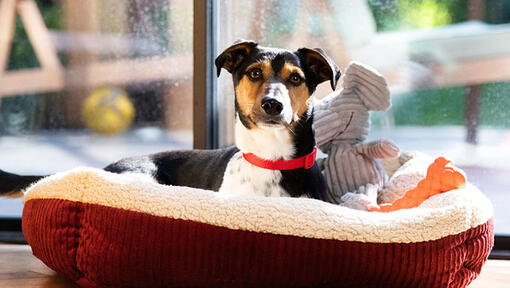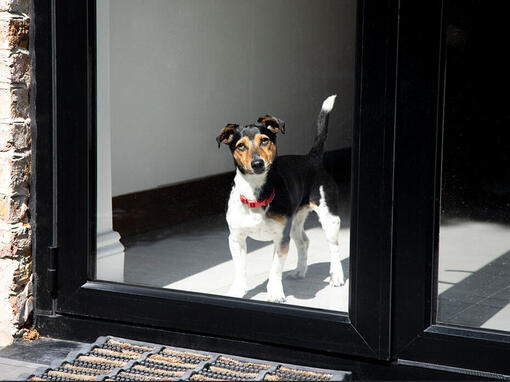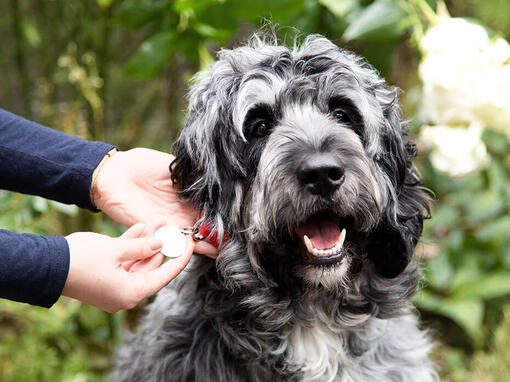- Hunde für Neuhundebesitzer
- Über Grundlagen hinaus gehendes Training
- Anspruchsvolle Spaziergänge
- 60-120 min Bewegung pro Tag
- Großer Hund
- Sehr wenig Speichelfluss
- Fellpflege 2-3 x pro Woche
- Nicht-hypoallergene Rasse
- Ruhiger Hund
- Kein Wachhund
- Versteht sich gut mit anderen Haustieren
- Familienhund




